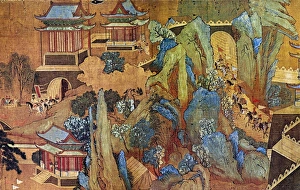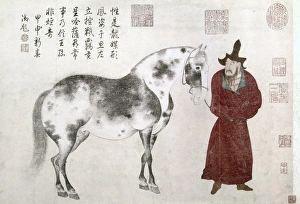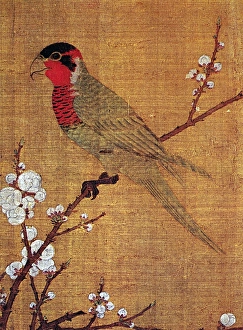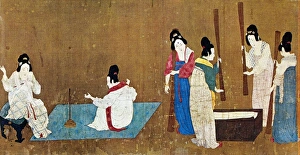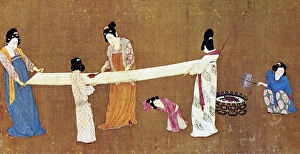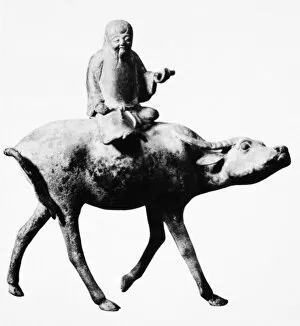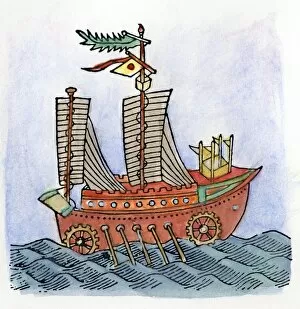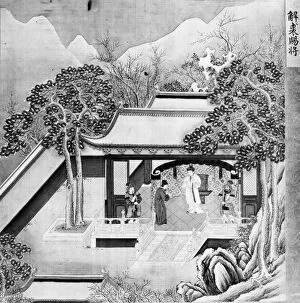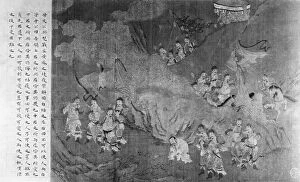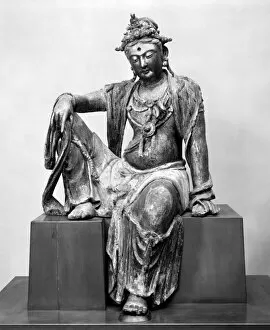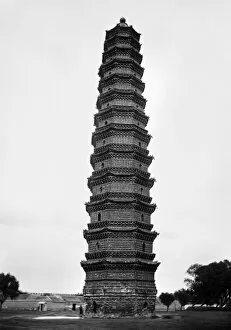Sung Dynasty Collection
The Sung Dynasty, also known as the Song Dynasty, was a period of great cultural and artistic achievements in ancient China
All Professionally Made to Order for Quick Shipping
The Sung Dynasty, also known as the Song Dynasty, was a period of great cultural and artistic achievements in ancient China. This gilded bronze lion figure from the Sung Dynasty showcases the exquisite craftsmanship and attention to detail that defined this era. In another masterpiece from the 12th century, we see a detailed silk scroll painting depicting the triumphal entry of Han emperor Liu Bang into Chang'an, the imperial capital. This artwork by Chao Po-Chu captures not only historical events but also showcases the mastery of Chinese painting techniques during this time. During the Yuan Dynasty, which succeeded the Sung Dynasty, tribute offerings were made to the Chinese court. In a painted handscroll by Chao Yung after Li Gonglin's work, we witness a Mongol groom leading a horse for presentation. The ink and color on paper bring life to this scene and highlight cultural exchanges between different dynasties. Emperor Taizu of Song is an important figure in Chinese history who founded the Song Dynasty. His reign brought stability and prosperity to China. A portrait of Emperor Taizu reminds us of his significant contributions as he ruled over one of China's most influential periods. Artistic expression was not limited to paintings alone during this dynasty; it extended even to everyday objects such as incense burners. A bronze incense burner in the shape of a water buffalo with its rider is believed to represent Lao-tzu, an esteemed philosopher in Chinese culture. Silk production played a crucial role in ancient China's economy during this time. Painted silk handscrolls attributed to Emperor Hui Tsung depict women engaged in various stages of silk production - drawing out threads, beating fibers with flails, and ironing completed bolts of cloth. These artworks provide insights into traditional methods employed by skilled artisans centuries ago. The technological advancements achieved during this period are evident through depictions like that found on a 12th-century ship outfitted with sails, oars, and even wheels for land passage.


